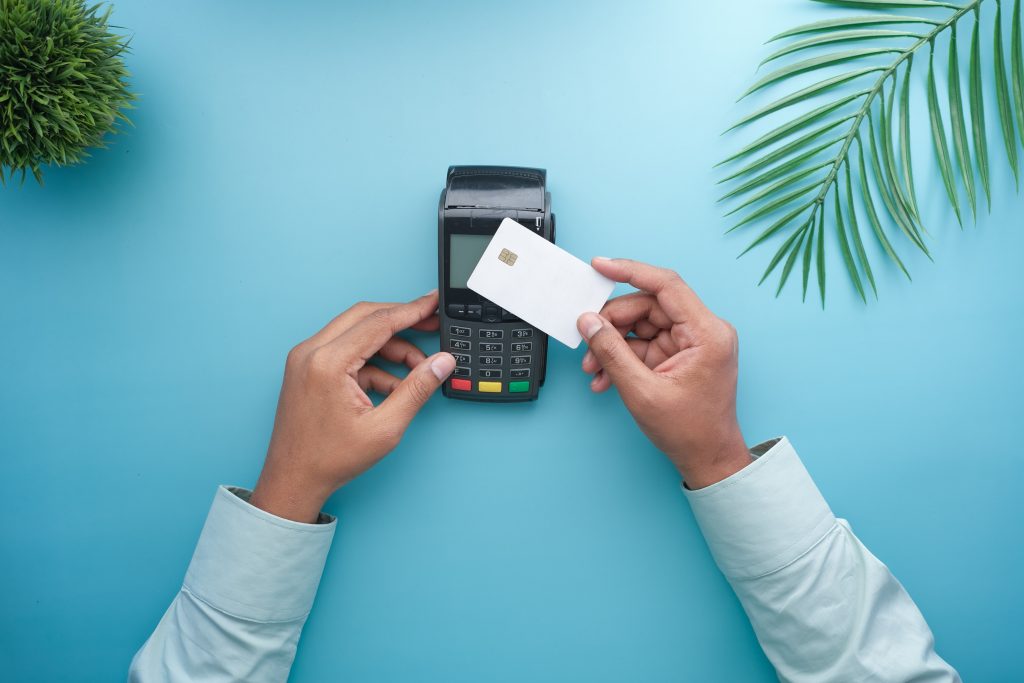
Read also: Enhancing Product Quality Digital Logsheet-Based Monitoring
In today’s rapidly evolving digital landscape, technology continues to transform the way we connect and interact with the world around us. One such technology that has gained significant attention and is rapidly gaining ground is Near Field Communication, or NFC.
What is NFC?
NFC stands for Near Field Communication. It is a wireless communication technology that allows data to be exchanged between two devices when they are brought into close proximity, typically within a few centimeters of each other. This technology is often found in smartphones, contactless payment cards, and various other smart devices.
How Does NFC Work?
NFC operates on the principles of electromagnetic induction. When two NFC-enabled devices are brought close together, they create a secure channel for communication by generating a radio frequency field. This field enables the exchange of data, such as text, images, or even commands, between the devices.
The Versatility of NFC
One of the most appealing aspects of NFC is its versatility. It has a wide range of applications, making it a valuable tool in various industries. Here are some common uses of NFC:
1. Contactless Payments

Read also: Digital Logsheet: Precise Analysis & Informed Decision Making
NFC is at the heart of contactless payment systems. By simply tapping your smartphone or payment card on a point-of-sale terminal, you can make secure and swift transactions. This has revolutionized the way we pay for goods and services.
2. Access Control and Security

Read also: Data Security in Digital Logsheets: Challenges and Strategies
NFC is used for secure access control systems. It allows you to unlock doors, gates, or even your smartphone by simply waving your NFC-enabled device near a reader. This enhances security and convenience.
3. Public Transportation

Read also: Enhancing Product Quality Digital Logsheet-Based Monitoring
Many public transportation systems around the world use NFC for ticketing. You can board buses, trains, and trams by tapping your NFC card or smartphone on a reader, eliminating the need for paper tickets.
4. Data Transfer

Read also: RevLogsheet: Digital Efficiency for Industry
Sharing files, contact information, or URLs between smartphones is a breeze with NFC potential. By touching two NFC-enabled devices together, you can instantly transfer data, making it an excellent tool for networking and data sharing.
5. Smart Marketing

Read also: Operational Efficiency: Implementation of Digital Logsheet
When consumers tap their smartphones on these tags, they can access additional information, discounts, or promotional content.
NFC and the Internet of Things (IoT)
NFC plays a significant role in the Internet of Things (IoT). It enables seamless communication between IoT devices, making it easier for them to exchange information and work together.
The Future of NFC
Innovations in secure payment methods, transportation, and IoT connectivity are just the beginning. With the convenience and security that NFC provides, it’s clear that this technology will continue to shape the way we interact with our digital world.
Conclusion
In this comprehensive guide, we’ve explored the multifaceted world of NFC and its incredible potential. From contactless payments to secure access control and IoT connectivity, NFC is a technology that empowers us to simplify our lives and enhance security.





comments (0)